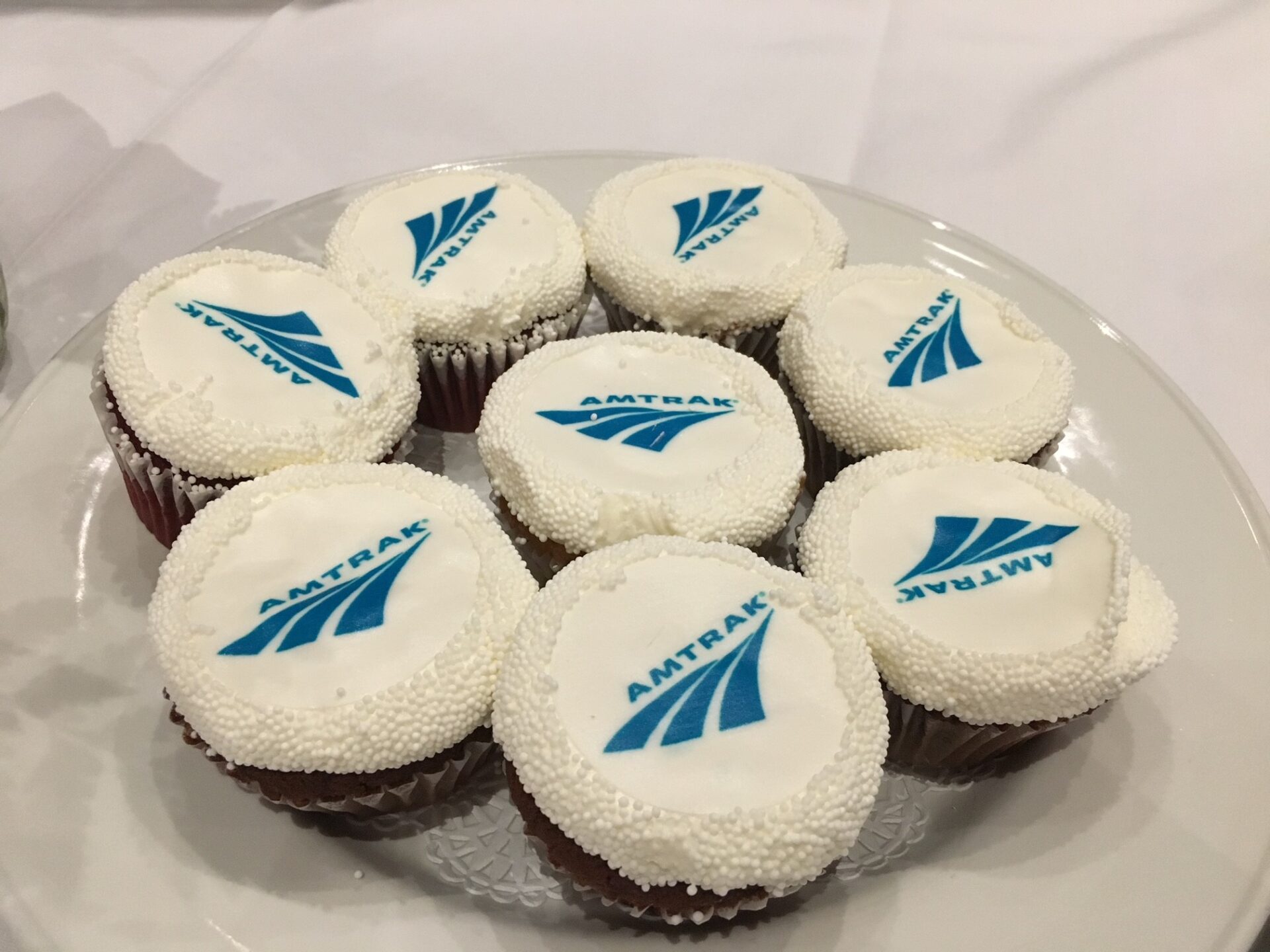On Adventure Travel Day at the West Virginia Legislature, on and off road enthusiasts touted some mean machines on two wheels and four – and some, not so mean.
On Adventure Travel Day at the West Virginia Legislature, on and off road enthusiasts touted some mean machines on two wheels and four – and some, not so mean.
West Virginia adventure travel displays were not limited to inside the capitol rotunda. Outside the governor’s office, a row of high end road warrior vehicles formed a formidable, impromptu parking lot. A few came complete with attachable camping gear.
Inside, adventure travel outfits included a variety of Hatfield-McCoy and other ATV trail runs, rides and accessories. The New River Jet Boats drew interest, as did the Court Roads Jeep Club and the 132-mile Hellbender Motorsports roadway run.
McDowell County’s “Head of the Dragon” motorcycle and sports car ride was organized to help bring economic development to the coalfields.
And the veteran driven Mission 22 display offered a road or trail ride to any former or current serviceman or woman who wants to hit the hills.
But the wheels getting the most traction running through state legislation right now come with the smallest engine here, and it’s not even gas powered. We’re talking about electric bikes, or e-bikes.
Joseph Overbaugh is the chief operating officer of Fission Cycles just outside Parkersburg. He is also the author of House Bill 2062, which just passed the House and is now in the Senate. It’s meant to align state e-bike laws with federal laws. The measure allows the most popular e-bikes made to be ridden in all of West Virginia’s state parks.
Overbaugh said over the past five years, electric-bike popularity has skyrocketed.
“One of the main drivers was actually COVID-19,” Overbaugh said. “After the lockdown and everyone got stuck at home, people started to look for ways to get out and do outdoor activities and social distance. The e-bike market just exploded as an opportunity for people to get out to exercise and social distance.”
State parks representatives who were set up at Adventure Travel Day said they were all in favor of opening up the parks to e-bikes.
